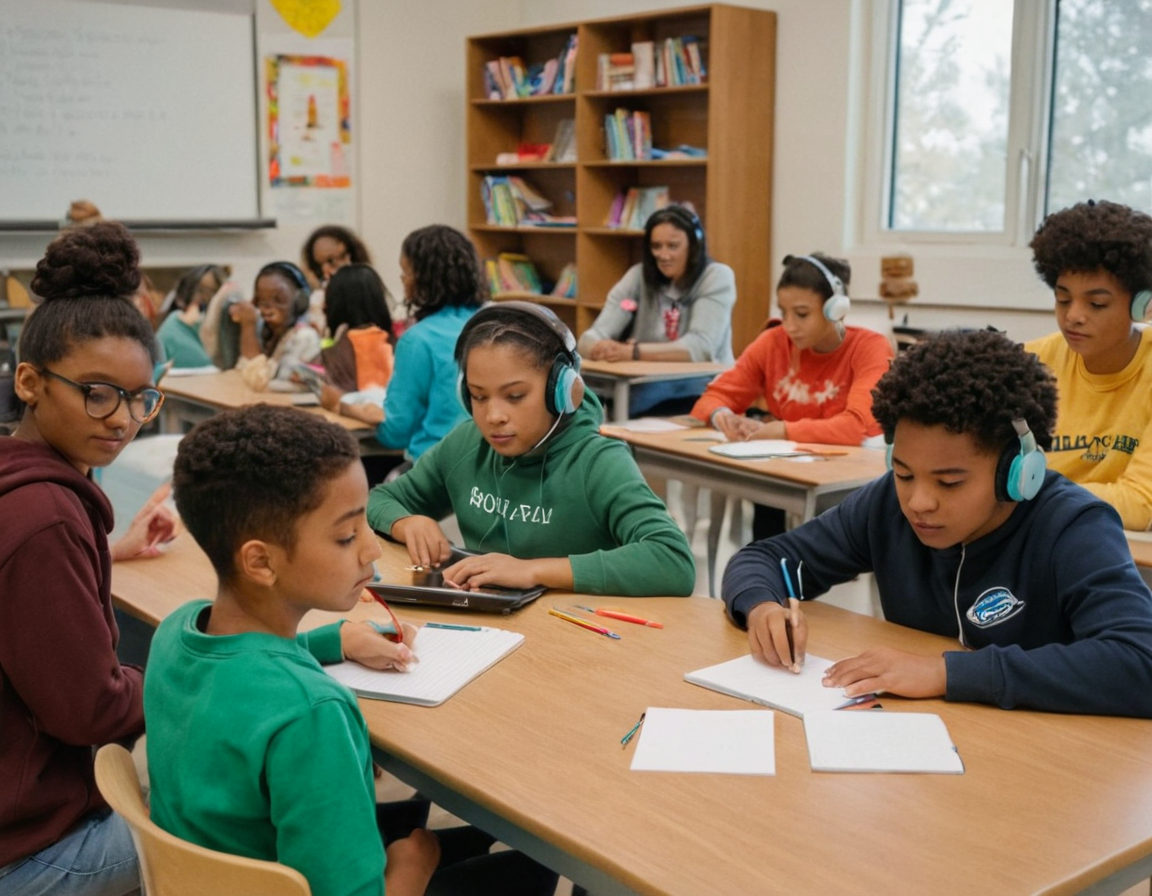Supporting Neurodiverse Learners: Customizing Summaries and Study Tools
Discover all of ResearchWize’s features to supercharge your academic workflow.

Understanding Neurodiversity in Higher Education
Neurodiversity encompasses a range of differences in brain function and behavioral traits, including conditions such as autism, ADHD, dyslexia, and more. In the context of higher education, recognizing and supporting neurodiverse learners is crucial for fostering an inclusive and effective learning environment. By customizing summaries and study tools, educators and students can enhance comprehension and retention for neurodiverse students.
The Importance of Customization
Standard study methods may not be effective for all students, particularly those with neurodiverse conditions. Customizing study tools and summaries can help cater to individual learning styles, making information more accessible. This approach not only aids in understanding but also empowers students to leverage their unique strengths.
Steps to Customize Summaries and Study Tools
1. Identify Learning Preferences
Begin by understanding the specific needs and preferences of the learner. Engage in discussions to identify which methods have worked in the past and where challenges lie. Consider sensory preferences, such as visual, auditory, or kinesthetic learning styles.
2. Choose the Right Tools
Select tools that align with the identified preferences. Options include digital apps that offer text-to-speech features, mind mapping software, or color-coded note-taking applications. Ensure the tools are user-friendly and accessible.
3. Break Down Information
Neurodiverse learners often benefit from information presented in smaller, manageable chunks. Break down complex topics into concise, digestible summaries. Use bullet points, headings, and subheadings to organize content logically.
4. Incorporate Multi-Sensory Elements
Enhance summaries with visual aids like charts, diagrams, and infographics. For auditory learners, consider recording summaries or using apps that convert text to speech. Incorporating multiple sensory elements can reinforce understanding and memory retention.
5. Encourage Active Participation
Active engagement is key to learning. Encourage students to interact with study materials through annotation, discussion, and questioning. Incorporate quizzes and interactive elements to test comprehension and reinforce learning.
6. Provide Regular Feedback
Feedback is essential for growth and improvement. Offer constructive feedback on the effectiveness of customized summaries and study tools. Encourage learners to express what works and what doesn’t, adjusting strategies as needed.
Example Workflow for Customizing Study Tools
- Step 1: Conduct a brief survey to determine the student's preferred learning style and challenges.
- Step 2: Select a digital tool that supports the preferred learning style (e.g., a visual mind mapping app).
- Step 3: Break down the course material into key concepts and create a visual summary using the tool.
- Step 4: Incorporate audio explanations for each concept for auditory reinforcement.
- Step 5: Review the customized summary with the student, gathering feedback for further refinement.
Common Pitfalls and How to Avoid Them
Overloading with Information
While it’s tempting to include everything, too much information can overwhelm. Focus on key concepts and essential details. Avoid cluttering summaries with excessive data or lengthy explanations.
Neglecting Individual Feedback
Without regular feedback, it’s difficult to know if the customized tools are effective. Regularly check in with the learner to understand their experience and make necessary adjustments.
Ignoring Technological Accessibility
Ensure that the chosen tools are accessible and compatible with assistive technologies. Test tools for usability and accessibility features, such as screen readers and keyboard navigation.
Conclusion
Supporting neurodiverse learners in higher education through customized summaries and study tools is not just beneficial; it’s essential. By understanding individual needs, selecting appropriate tools, and incorporating multi-sensory elements, educators and students can create a more inclusive and effective learning environment. Through ongoing feedback and refinement, these strategies can significantly enhance educational outcomes for neurodiverse students, empowering them to succeed in their academic pursuits.

- AI Flashcard Generator (Chrome)
- Summarize PDF AI Tool (Chrome)
- Essay Outline Generator (Chrome)
- Best Chrome Summarizer Extension
- Alternatives to ChatPDF
- Chrome Extension for Students
- Install Extension
- See All Features
Ready to Level Up Your Research?
Install ResearchWize and transform how you study, write, and research.
Install ResearchWize Now